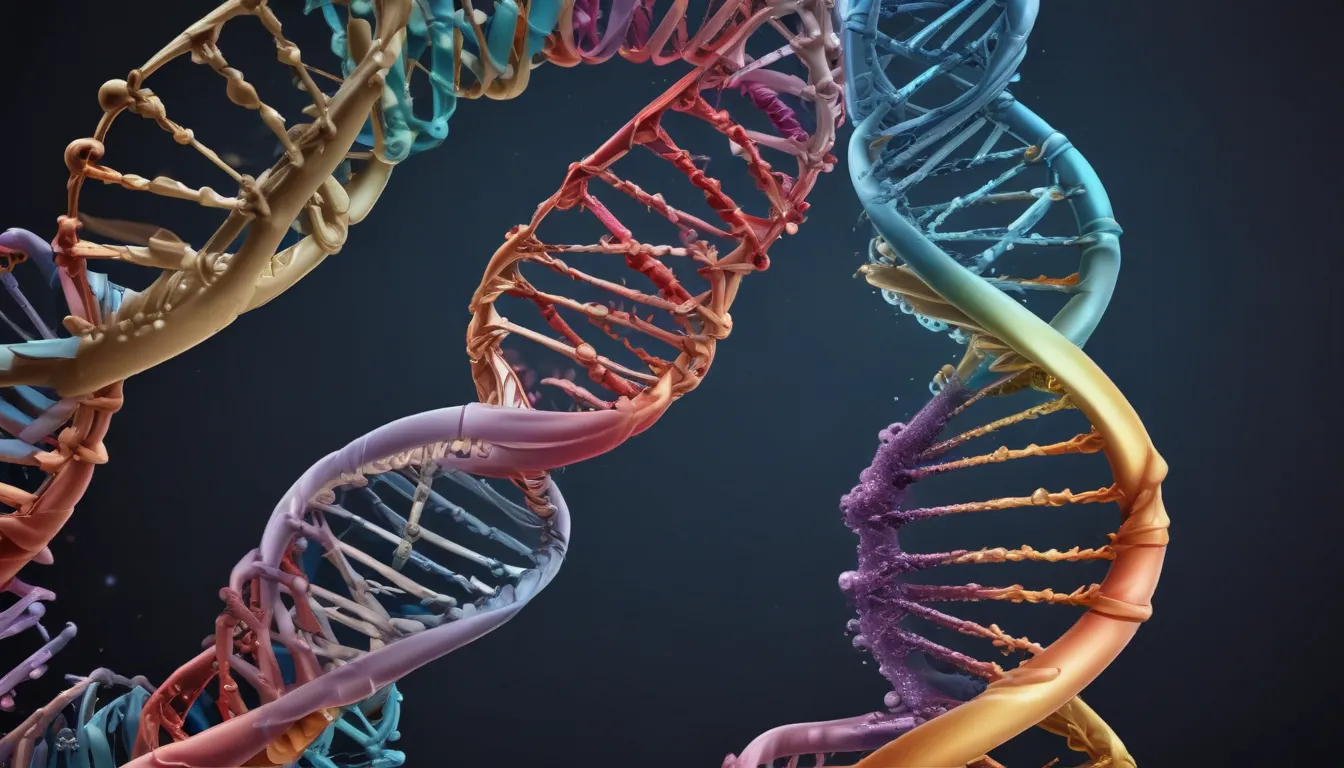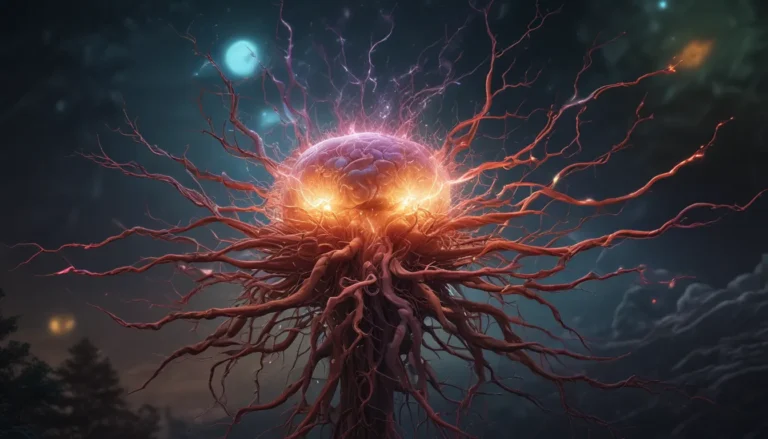A Note About Images: The images used in our articles are for illustration purposes only and may not exactly match the content. They are meant to engage readers, but the text should be relied upon for accurate information.
Are you ready to embark on a journey into the mesmerizing world of the double helix? Join us as we uncover the 20 most astonishing facts about this iconic structure that holds the key to life itself. From its groundbreaking discovery to its pivotal role in genetic inheritance and evolution, the double helix continues to fascinate scientists and researchers worldwide. Get ready to be amazed by the wonders of DNA as we explore the intricate complexities of the double helix!
Understanding the Iconic Double Helix Structure
Let’s start by delving into the legendary double helix structure of DNA. Discovered by James Watson and Francis Crick in 1953, the double helix is composed of two intertwined strands that store and transmit genetic information. This twisted ladder-like arrangement serves as the blueprint of life, determining our physical traits and playing a crucial role in genetic inheritance.
Unveiling the Astonishing Dimensions of Human DNA
Did you know that if we were to unwind the DNA contained in just one human cell, it would stretch a mind-boggling 38 million miles? This staggering length is equivalent to approximately 150 round trips to the moon or reaching the sun and back! Such is the vastness of the genetic material encoded within the double helix.
The Complex Genetic Code Within the Double Helix
Within the double helix structure, there are over 3 billion base pairs that make up the human genome. These base pairs, consisting of adenine (A), thymine (T), guanine (G), and cytosine (C), form the genetic code that dictates our physical characteristics and traits. Each strand of the double helix contains a multitude of genes, which are essential for the development and functioning of our bodies.
Replication: The Marvelous Capability of the Double Helix
One of the most remarkable features of the double helix is its ability to undergo replication. During cell division, the double helix unravels, and each strand serves as a template for the creation of new DNA, resulting in the formation of identical copies. This intricate process ensures the accurate transmission of genetic information from one generation to the next.
Revolutionizing Biology: The Impact of the Double Helix Discovery
The unveiling of the double helix structure of DNA by Watson and Crick revolutionized the field of biology. This groundbreaking discovery opened the doors to significant advancements in genetics, molecular biology, and medicine. The double helix’s unique twisted shape, resembling a spiral staircase, is crucial to its stability and function, making it a cornerstone of biological research.
Ensuring Genetic Integrity: The Role of Telomeres
At the ends of the double helix strands, specialized structures called telomeres provide protection and stability during cell division. These regions prevent the DNA from unraveling and help maintain the integrity of our genetic material. The double helix can also form supercoils under certain conditions, compacting the DNA for efficient packaging within the cell nucleus.
Manipulating DNA: The Power of Genetic Engineering
Scientists have harnessed the knowledge of the double helix structure to manipulate DNA for genetic engineering purposes. This ability has led to groundbreaking advancements in areas such as agriculture and medicine, opening up new possibilities for research and technological innovation. Chemical modifications to the DNA can influence its functionality and gene expression, contributing to the regulation of various cellular processes.
Insights into Evolution: Tracing Genetic Relationships
Studying the variations in the double helix structure across different species provides valuable insights into the mechanisms of evolution. By comparing DNA sequences, scientists can trace the evolutionary relationships between organisms and uncover clues about our shared ancestry. The double helix serves as a window into the complex web of life and the interconnections that shape our genetic heritage.
Unlocking the Mysteries of Life: The Potential of DNA-Based Technologies
Advances in understanding the double helix structure have led to the development of exciting DNA-based technologies. From genetic testing to personalized medicine, the double helix serves as the foundation for a wide range of innovative applications. Its efficient information storage system stores the instructions necessary for the development and functioning of complex organisms, paving the way for groundbreaking discoveries in the fields of genetics and medicine.
Celebrating the Marvels of the Double Helix
As we conclude our exploration of the fascinating world of the double helix, we are reminded of the intricacies and wonders of DNA. The elegant design and essential role of the double helix in heredity showcase the extraordinary complexity of life itself. Through continued scientific inquiry and exploration, we can unravel the mysteries of life and harness the potential of the double helix for future advancements in medicine, genetics, and beyond.
FAQs
-
What is the double helix structure of DNA?
The double helix structure refers to the twisted ladder-like arrangement of DNA molecules, consisting of two intertwined strands connected by complementary base pairs. -
Who discovered the double helix?
James Watson and Francis Crick first discovered the double helix structure of DNA in 1953, earning them the Nobel Prize in Physiology or Medicine in 1962. -
How does the double helix store genetic information?
The double helix stores genetic information through the sequence of nucleotides that form base pairs and create the genetic code essential for our physical traits and characteristics. -
Can the double helix structure be altered?
Yes, processes such as mutation or genetic recombination can alter the double helix structure, leading to genetic variations and diversity in life forms. -
What are the applications of understanding the double helix structure?
Understanding the double helix structure has practical applications in genetics, genetic testing, gene therapy, and forensic science, among others, contributing to advancements in various scientific fields. -
Are there structures similar to the double helix in nature?
While the double helix is unique to DNA, some RNA molecules can also exhibit a similar double helix structure, albeit with differences in arrangement and base pairs.
Explore the limitless possibilities of the double helix and embrace the wonders of DNA as you unlock the secrets of life’s intricate blueprint. Let the captivating beauty and complexity of the double helix inspire your curiosity and deepen your understanding of the genetic code that shapes our world. Join us in celebrating the marvels of the double helix and the groundbreaking discoveries that continue to shape our scientific journey into the realms of genetics and biology.






